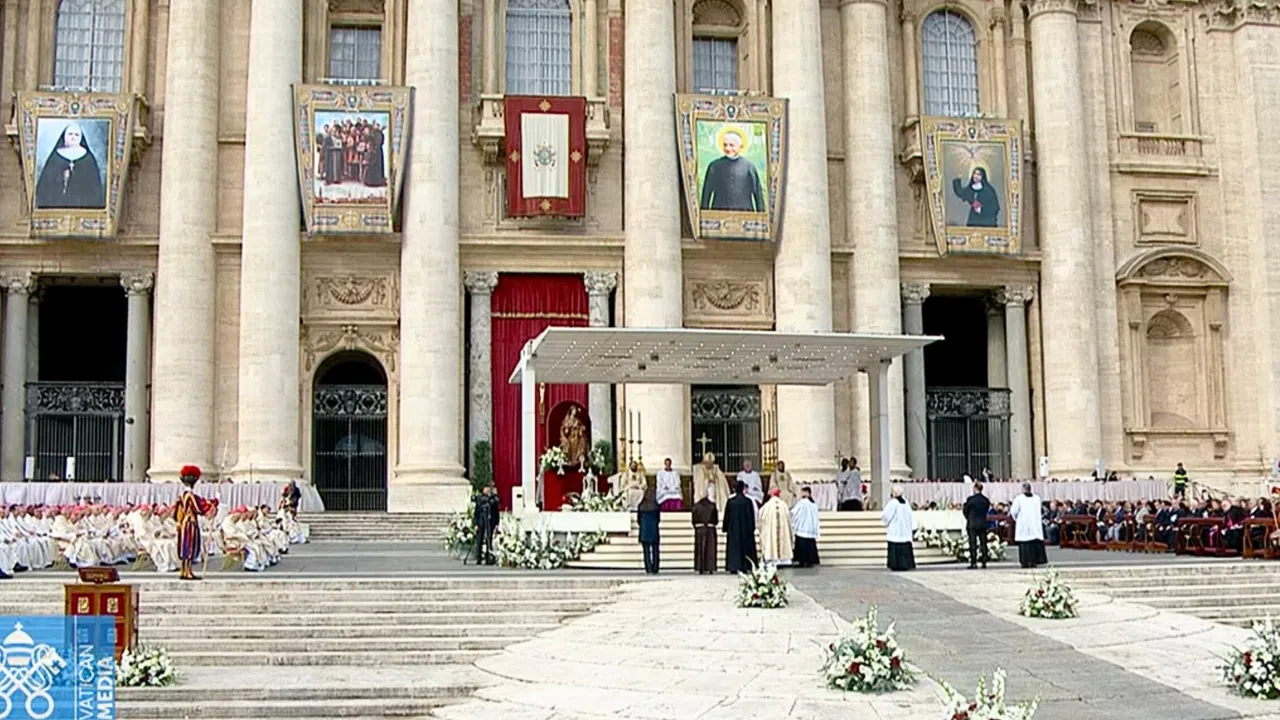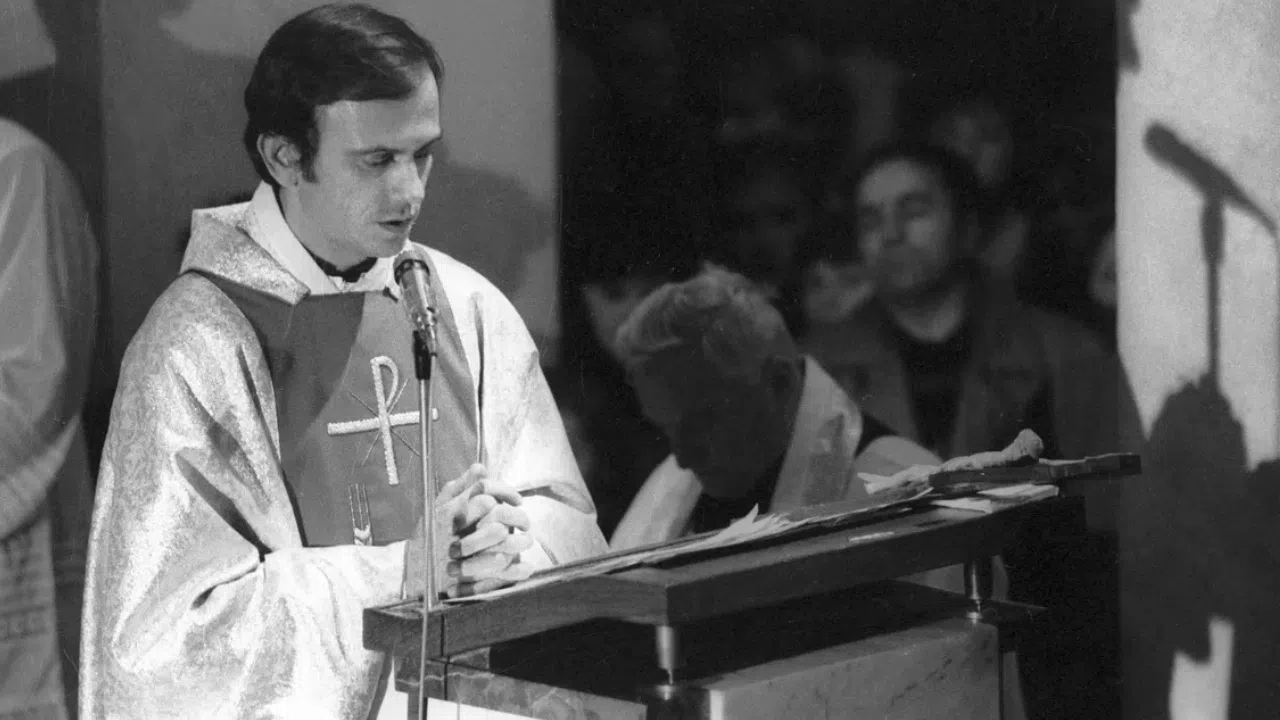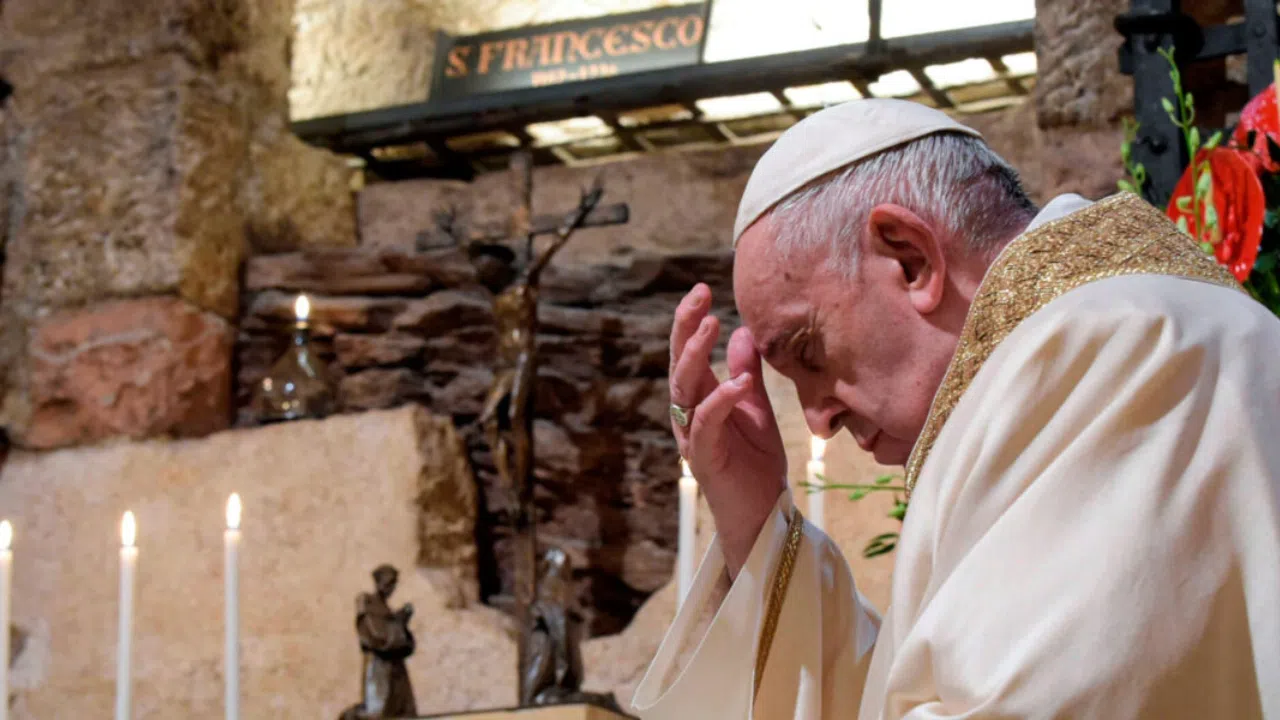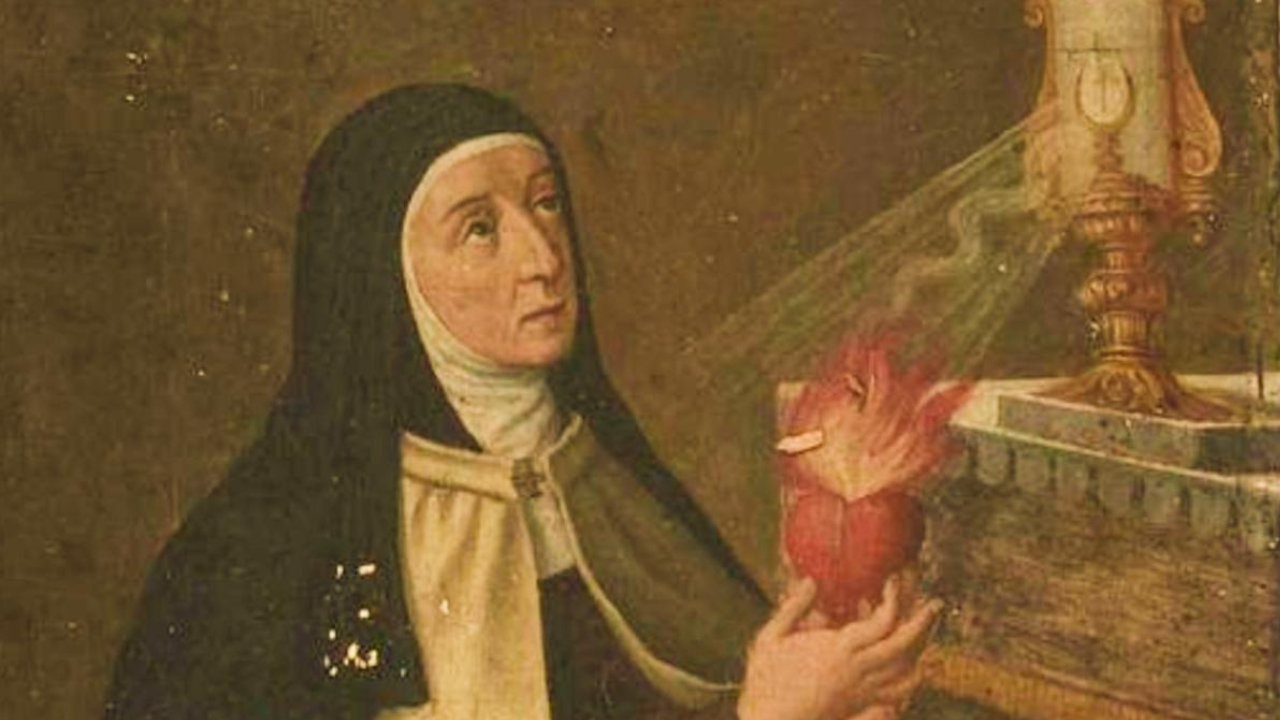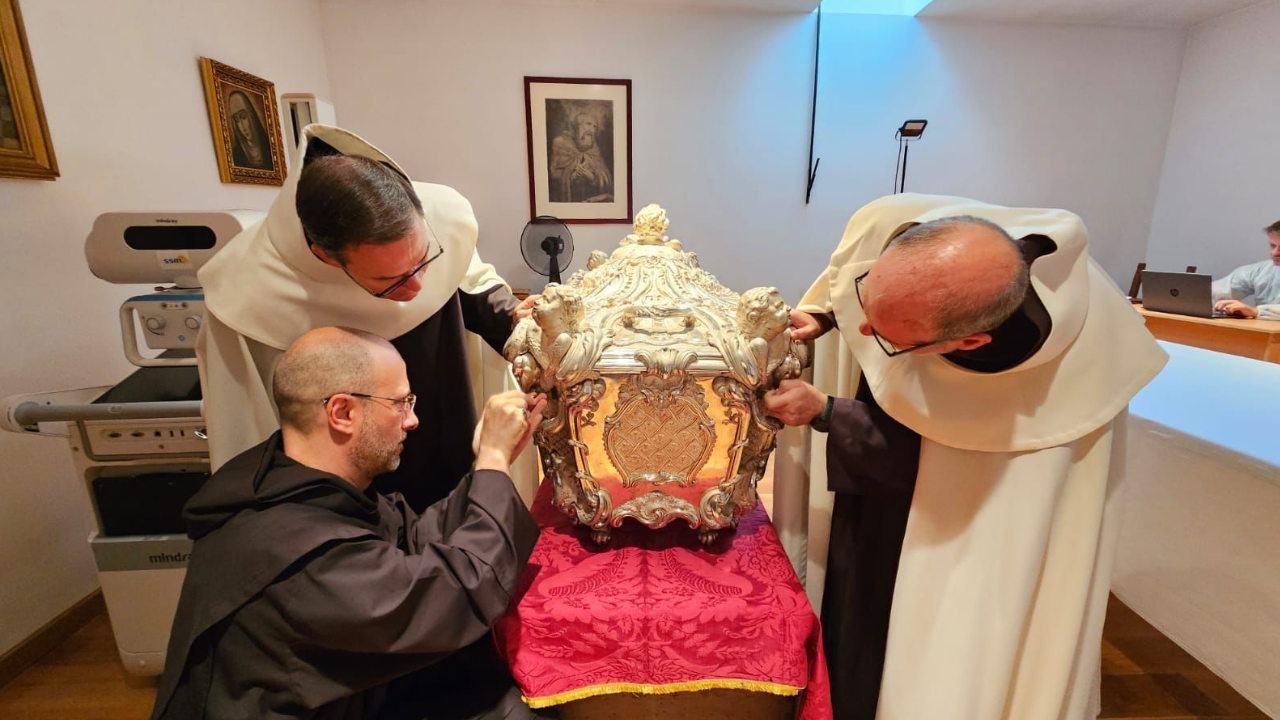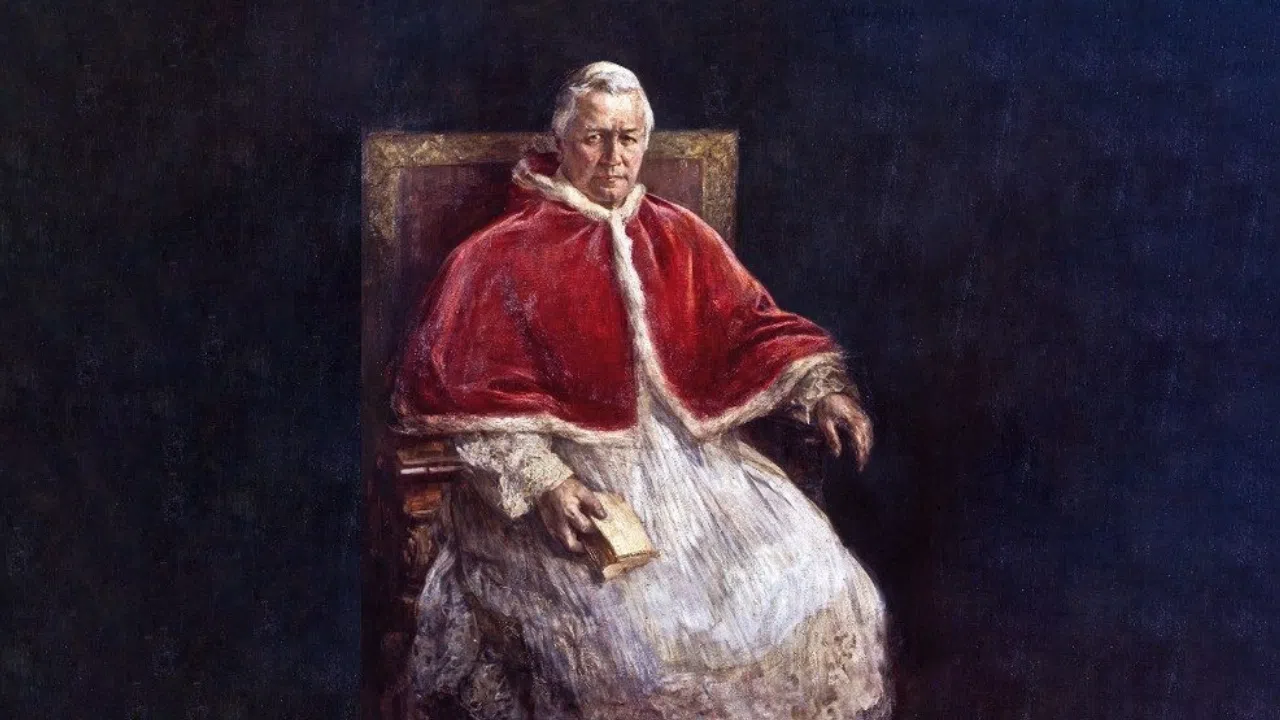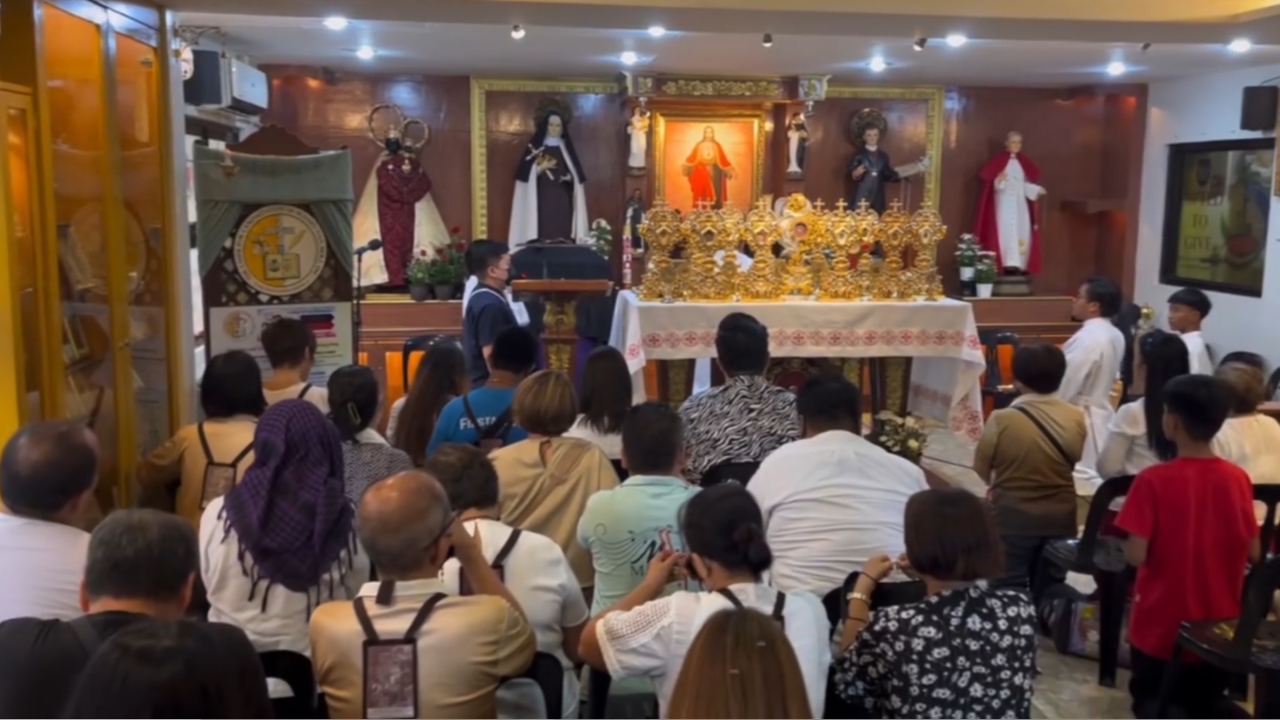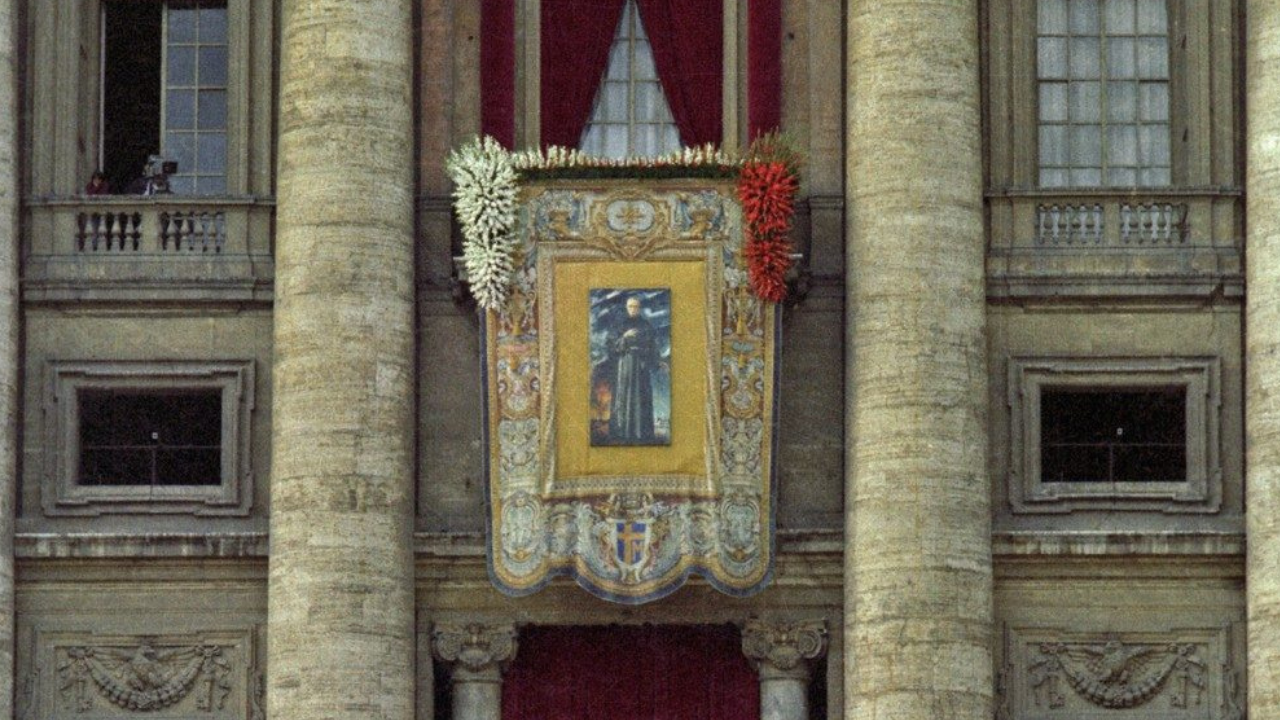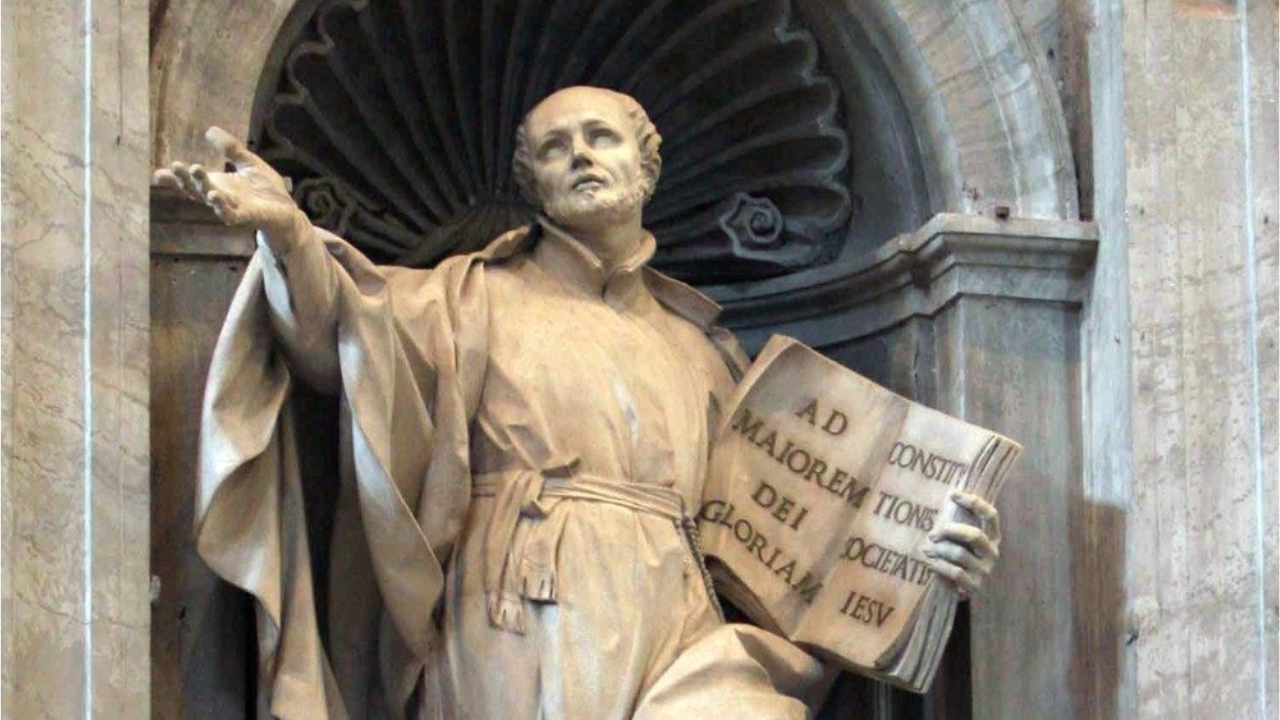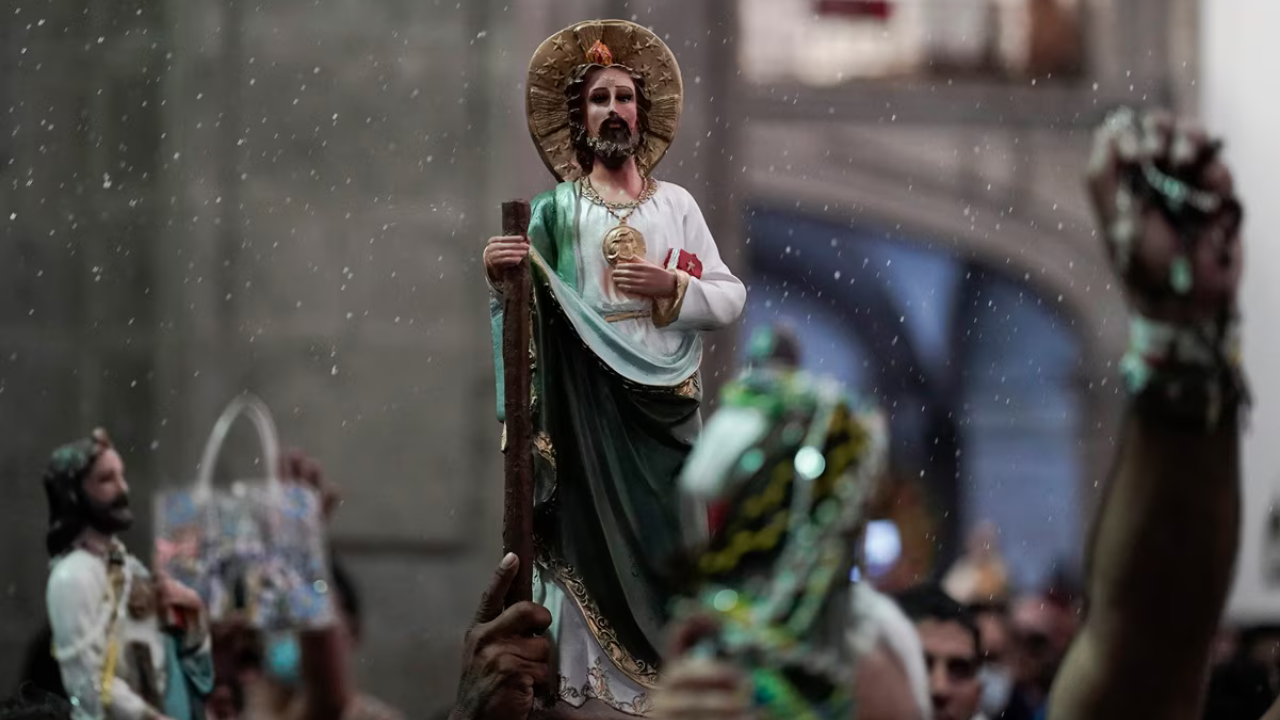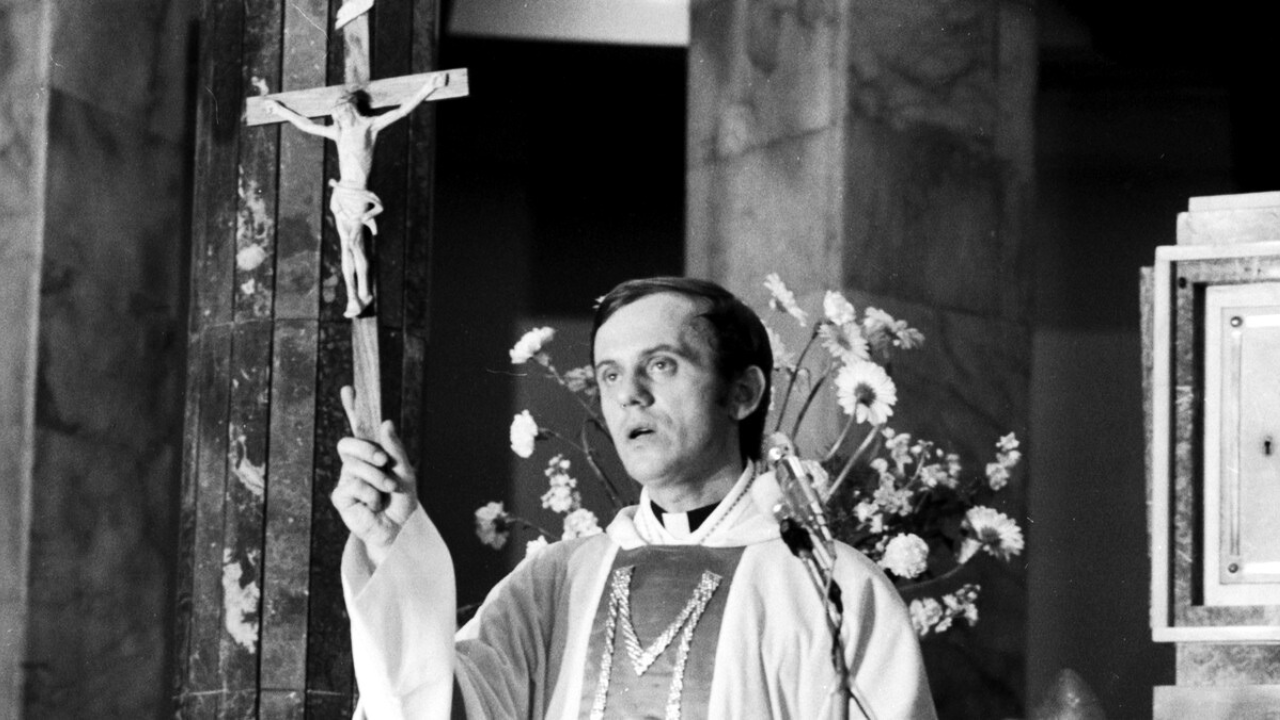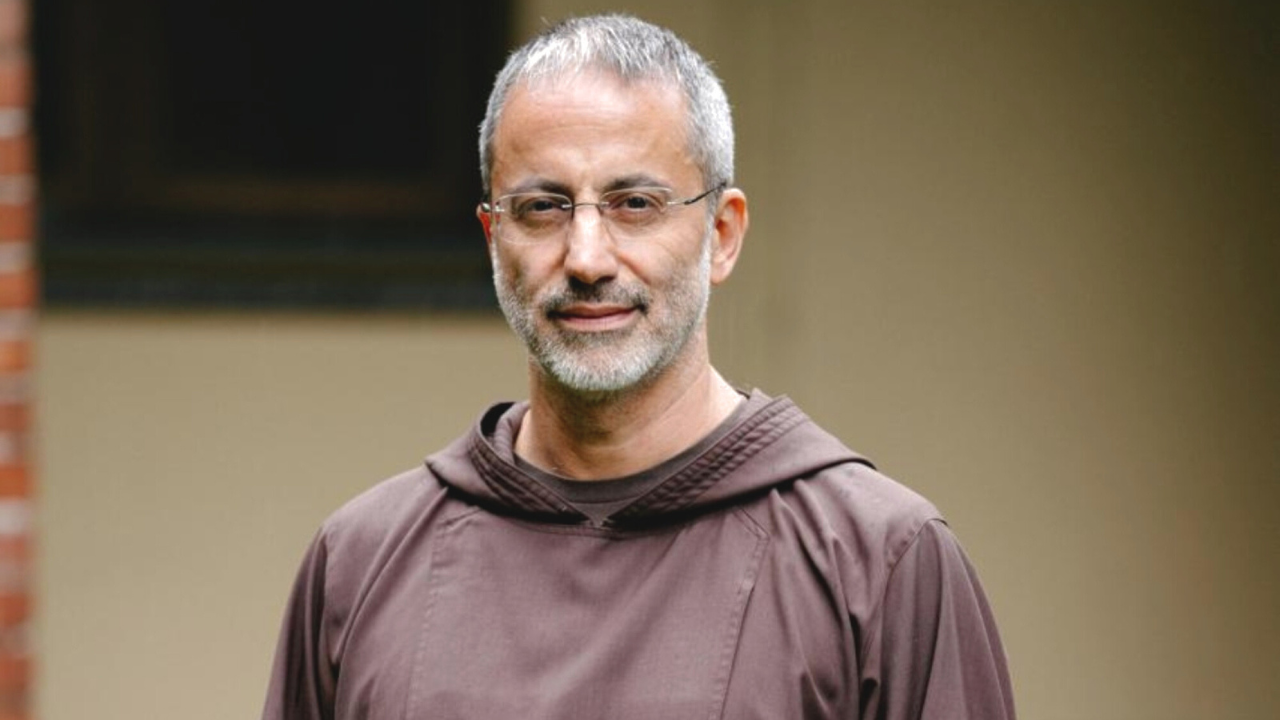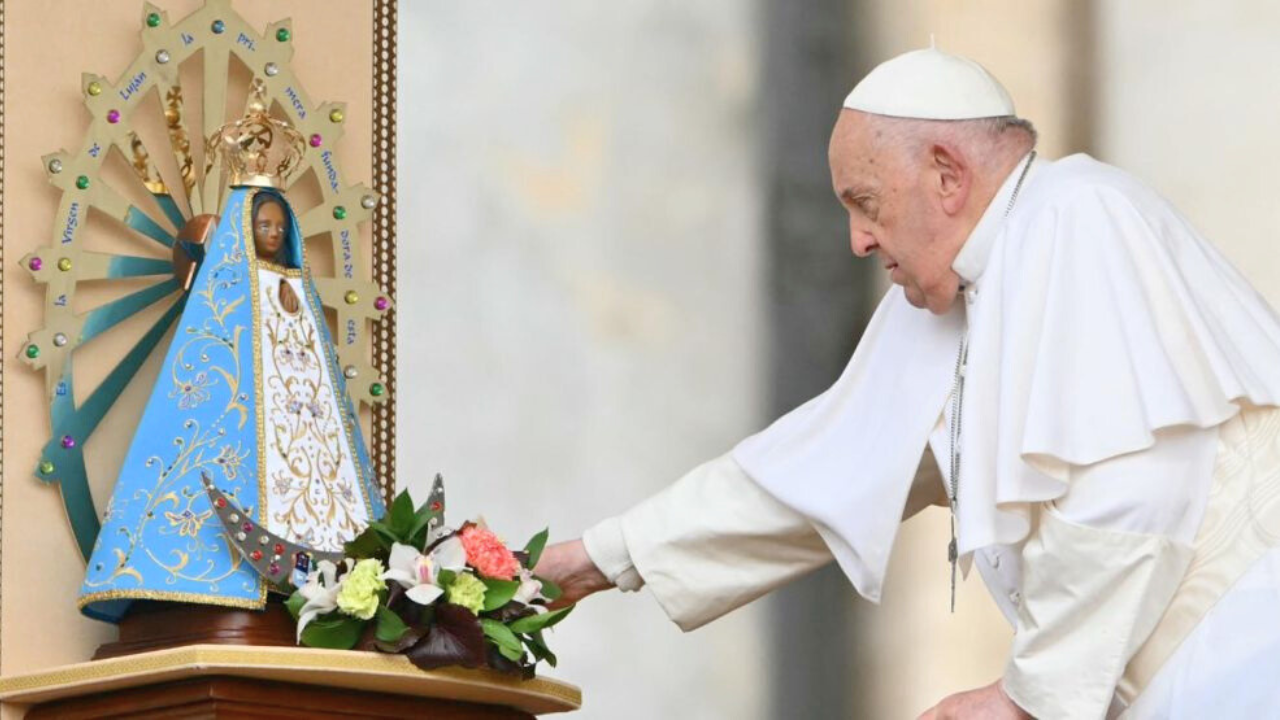Each Jan. 21, one of Christianity's youngest and earliest saints is venerated, St. Agnes. She was martyred in Rome, during the beginnings of Christian persecution at only 12 years old, for refusing Diocletian's nephew, who was in love with her.
She kept her virginity and faith in God through it all, and had miracles surrounding her before she died.
LUCA MAZZOLA
Director, St. Agnes Crypt
“Her hair grew during her martyrdom, which covered her body. Then, when she was thrown into a fire to die, as a result of her prayers, the flames went out. These are the two main miracles noted.”
As a memory, 1,700 years later, her skull is still preserved in this church, Sant'Agnese in Agone the site of her death. Pilgrims from all over flock to see it.
It was moved here in 1918 from the church of St. Agnes Outside the Walls at the request of Pius X, who separated her head from her body.
LUCA MAZZOLA
Director, St. Agnes Crypt
“St. Agnes died like a lamb. In fact, like lambs die while being slaughtered, the same thing happened to St Agnes when they cut her throat to kill her. In fact, in Christian iconography St. Agnes is always depicted either as a lamb or together with a lamb.”
The silver casing holding her skull thus has a statue of the young saint, with a lamb in her arms.
It's a tradition that continued in the Vatican up until a few years ago. The pope would bless lambs, whose wool was used to make the pallium stoles for the new Metropolitan Archbishops.
LUCA MAZZOLA
Director, St. Agnes Crypt
“We have the certainty that St. Agnes existed. Surely she was devoted to Jesus. She was a Christian and dedicated her short life to Jesus. Even the way in which she tenaciously kept her faith firm in Christ is a demonstration of the presence of the saint.”
Her memory still lives on each time Mass is celebrated. She is one of the few women saints mentioned by the priest right after the consecration, the most important part of the Catholic Mass.
Melissa Butz

